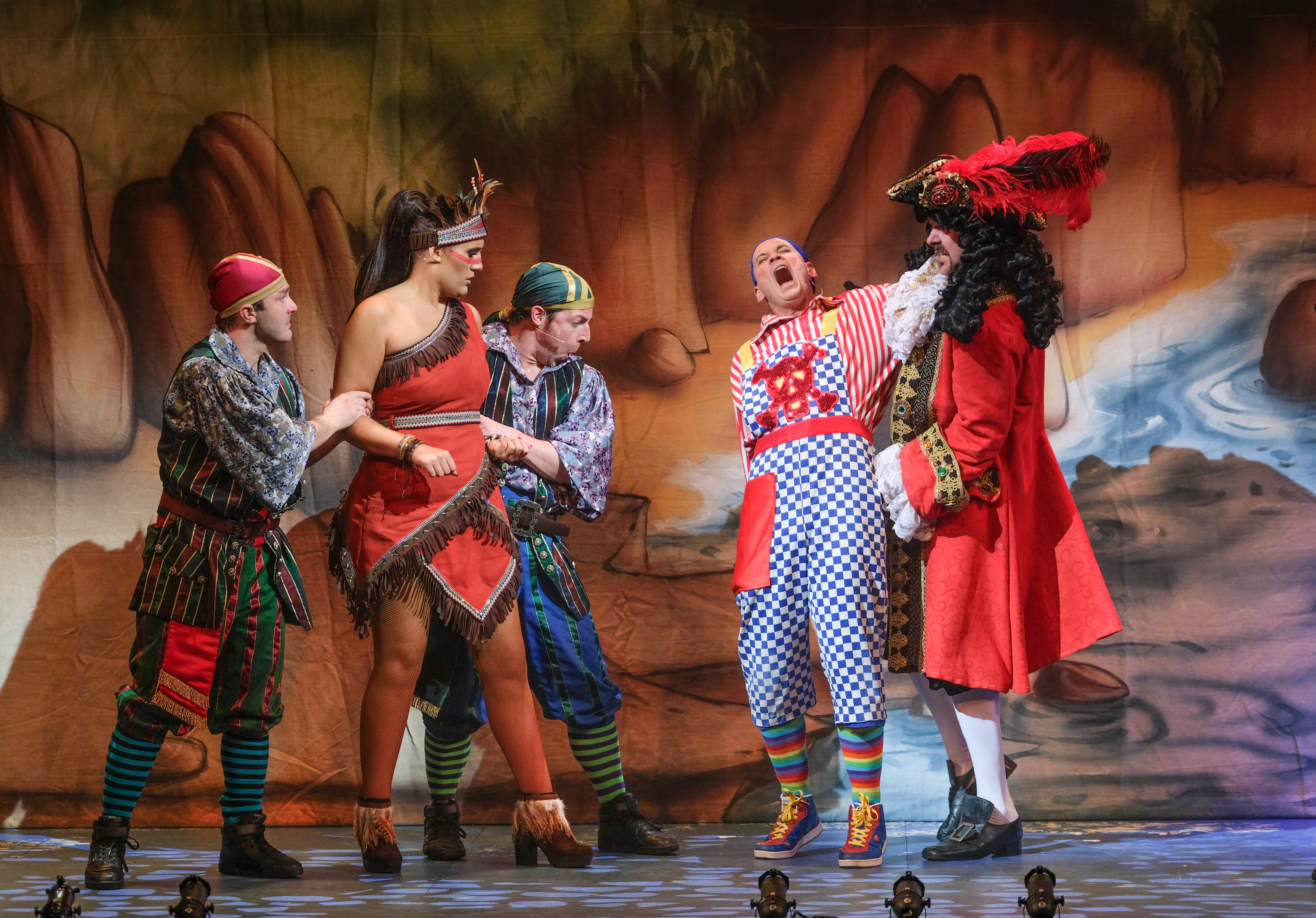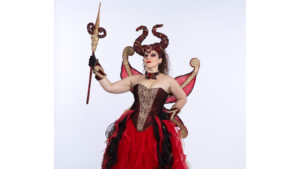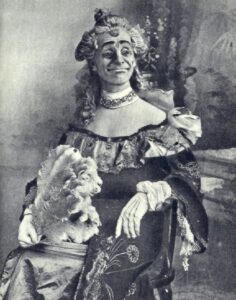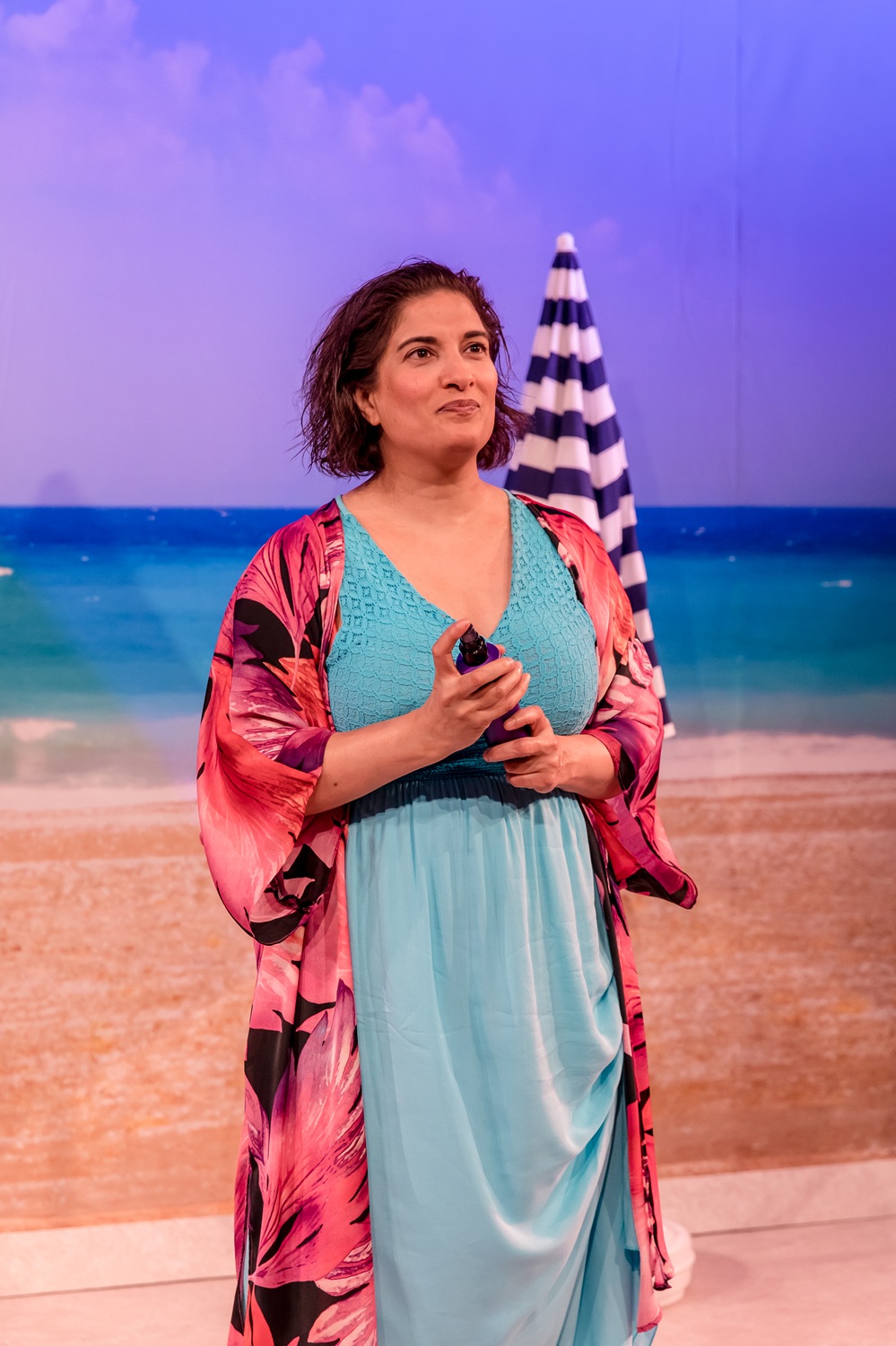- Family Friendly
- STAFF Pick

10 Things You Didn’t Know About Pantomime
5 min read
Share
How much do you really know about pantomime beyond its wonderful pun-filled singalongs and colourful panto dames? We’ve gathered together 10 Things You Didn’t Know About Pantomime
Pantomimes have been entertaining both adults and children for generations. A trip to the panto has become a staple of many childhoods, especially around Christmas.

1.Panto Isn’t Actually British
While there’s something undeniably British about the pantomime enjoyed today, we have the Romans to thank for its origins. Pantomime as we know it was born out of a 16th-century style of street performance in Italy, known as commedia dell’arte. These performances featured sketches with masked characters. These comedy improvs were then reproduced in England as mimes or Harlequinades, which, along with the music hall and masque genres, formed the basis for the magical visual and later vocal performances we appreciate today.
2. Pantomimes Attract Top Talent
It’s not hard to see why actors are drawn to staring in panto. After all, they have everything theatrical an actor could dream of; a great plot, singing, dancing, monologues, slapstick, cross-dressing, and audience participation. It’s not unusual for a pantomime to have a big name on its cast list. Sir Ian McKellen, Stephen Fry, John Rhys-Davies, Jo Brand, Matthew Kelly, Simon Callow CBE, Richard Wilson OBE and even David Hasselhoff and Pamela Anderson have each starred in panto.
3. It’s Not Just The Brits That Love Panto
Pantomimes aren’t unique to Britain. Australia, Canada, New Zealand and South Africa all enjoy pantomimes. Meanwhile, Jamaica combines the traditional pantomime genre with local “Anansi” folklore, which focuses on one character key to the Caribbean and West African storytelling. The last decade has seen the US increasingly embrace the concept of panto in a bid to emulate the successful panto industry we have here in Britain.
4. Evil Characters Always Enters From the Left

It’s no secret that most pantomimes feature an evil villain and a shimmering fairy or hero. But you may not know that it’s traditional pantomime custom for the good character to enter from stage right and the baddie to appear from stage left. This tradition stems from the concept that the left signifies hell and all things wicked, and the right represents Heaven and all things good.
5. The Messy Scene In Panto Has A Special Name
The hilarious scene that involves some form of sticky substance, liquid or even a custard pie covering one or more of the leading characters is known as “The Slosh Scene”. Seeing your favourite characters covered in a sticky mess is a well-loved tradition and a great bit of pantomime slapstick.
6. Pantomimes Were Originally Silent
While for many people, their favourite part of watching panto is the hilarious gags and cheeky innuendos, early pantomimes were silent. Performances would typically consist of miming and dancing. Spoken performances were only permitted in three London theatres until Parliament’s Theatres Act lifted restrictions in 1843 and allowed spoken word performances, giving rise to today’s wonderful use of wordplay, puns and audience participation.
7. Panto Actors Could Only Be Male
While the dame character is the cornerstone of pantomimes and even British theatre culture, men originally took on the role out of necessity. Men would dress as women simply because women weren’t allowed on stage at the time. It wasn’t until 1660 when women were allowed to perform on stage, but the practice of men dressing as women continued and even included women dressing as men, a rather risqué move for the time when women weren’t even supposed to show their ankles.
8. The First Panto Dame

While men played female roles on stage years before, the first pantomime dame to appear on stage was in 1806. The performance was Harlequin and the Mother Goose (also known as The Golden Egg), with the Mother Goose character played by Mr. Simmons. He played the character as a wicked old witch, reflecting panto’s ongoing relationship with fairy tales and nursery rhymes.
9. Panto Is Packed With Superstition
Pantomime is rife with superstitions. For instance, the last lines to be said in a panto’s finale, traditionally a consecutive pair of rhyming verses, are never spoken in rehearsal or risk bad luck. The first time the words are uttered will be on opening night. Some actors have got so used to avoiding saying them in rehearsal that they nearly forget to say them in the real performance!
10. Widow Twankey Was Named After…A Tea!
And finally, Widow Twankey, a female character in Aladdin, is named after a cheap Chinese green tea called Twankey Tea. The tea uses an old, ragged open-leaf tea to make the inferior quality green tea, possibly implying that Widow Twanky is also past her best.
© Content provided by Blackpool Grand Theatre & UK Productions Ltd.





















